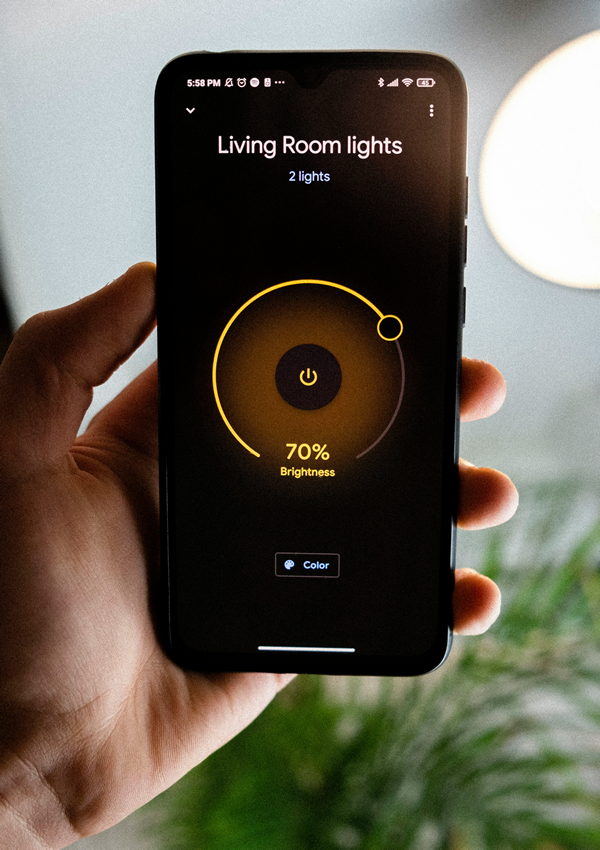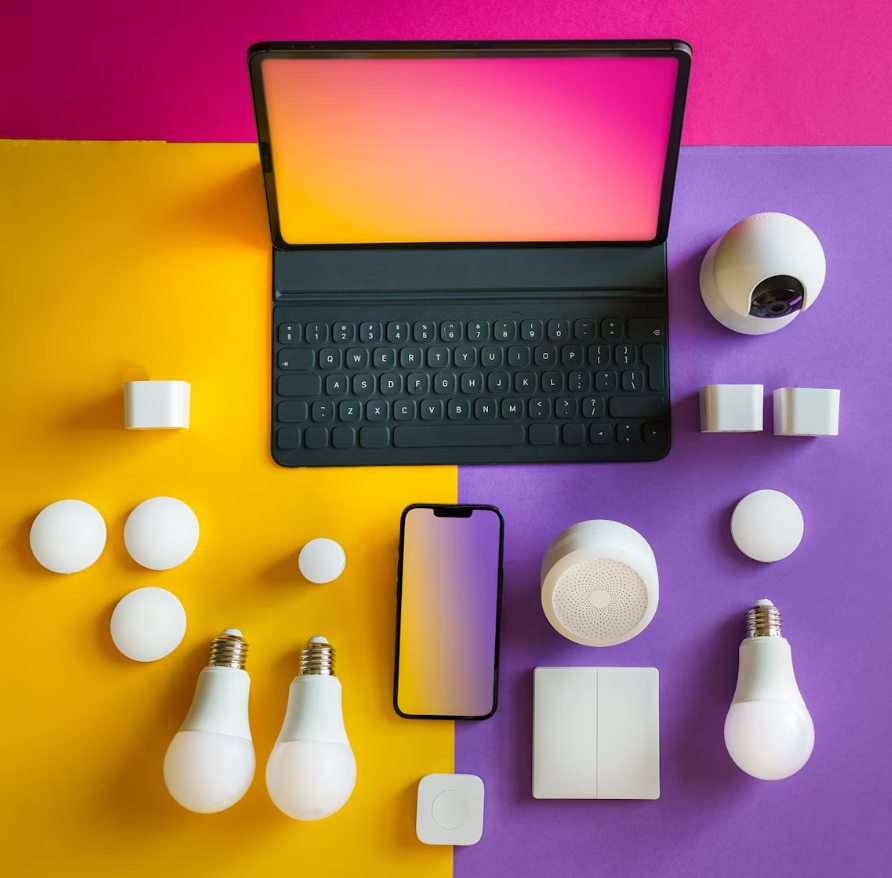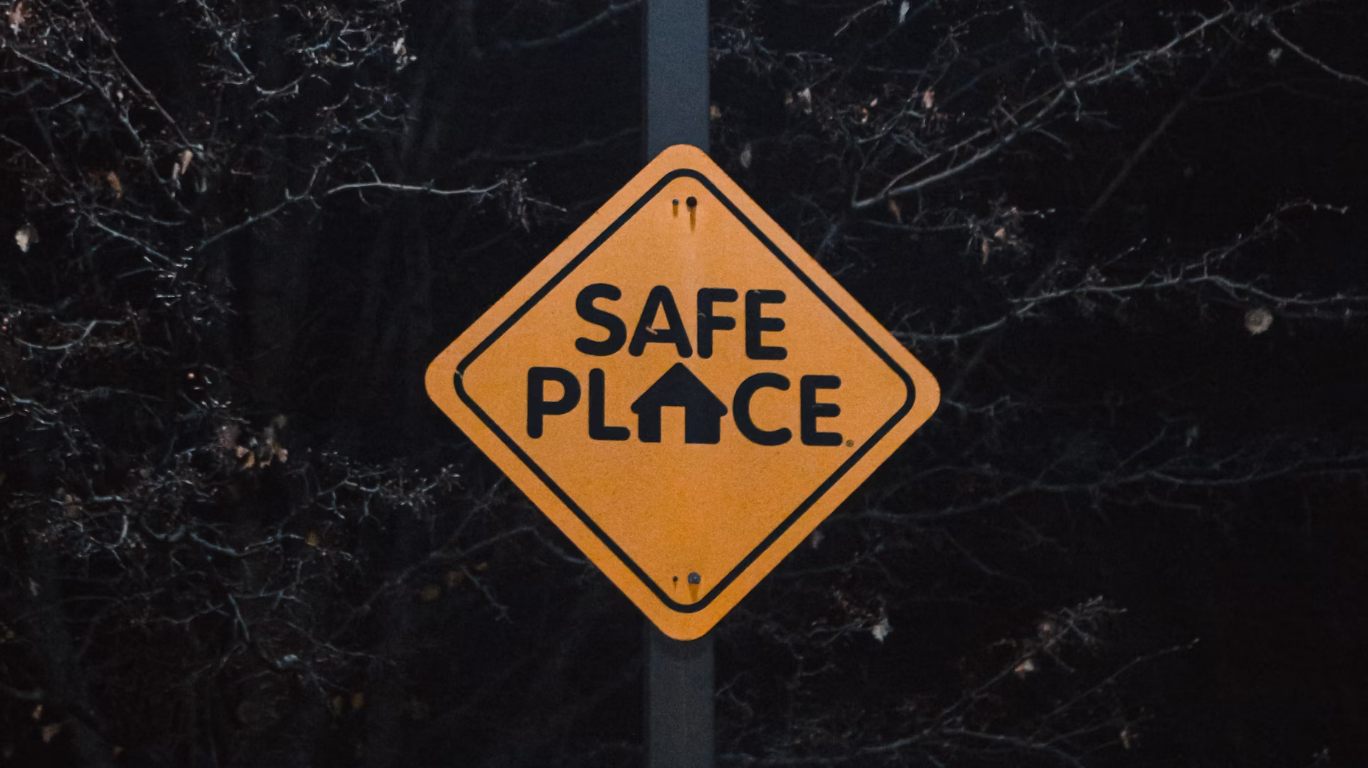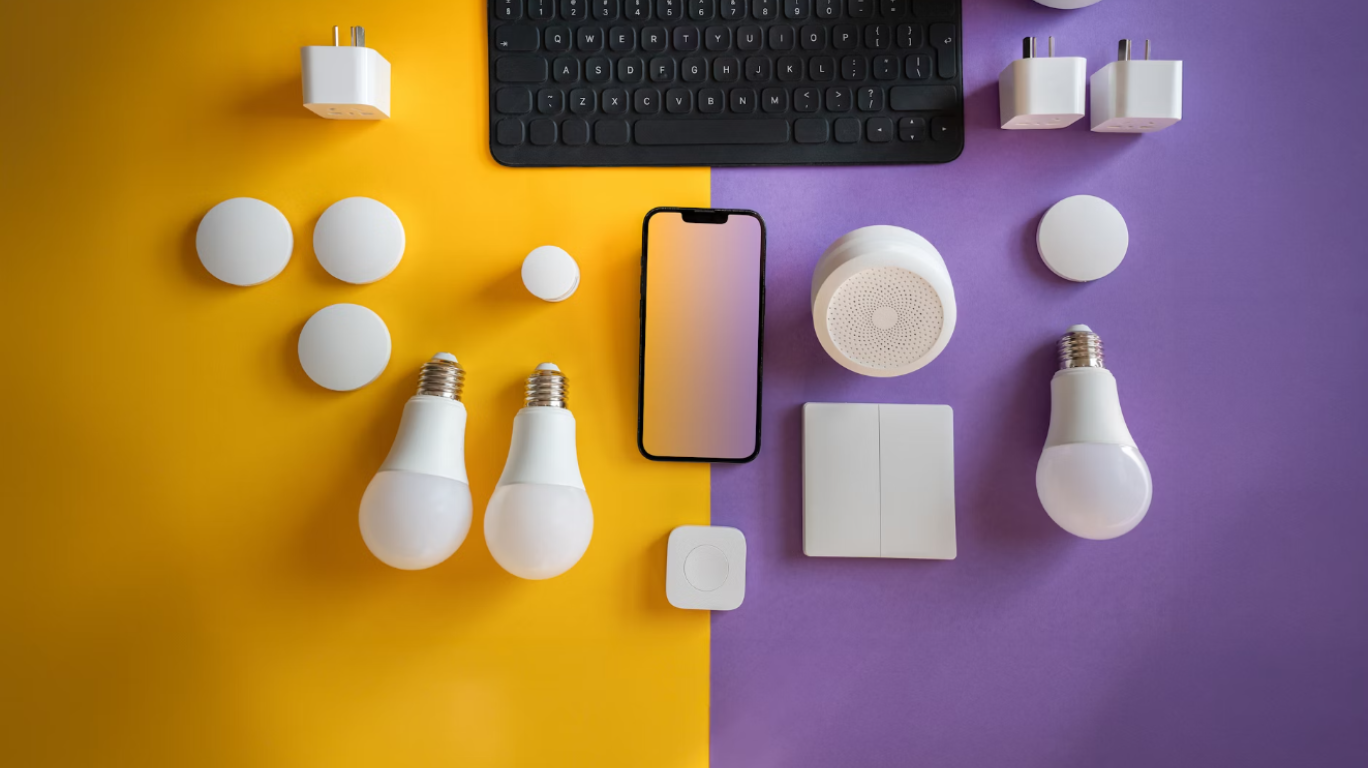Smart Home, Smarter Living: How Automation Supports Independence
Smart home automation isn’t just about flashy gadgets or impressing your friends with voice-activated lights. It's quietly becoming one of the most empowering tools for those looking to maintain independence, comfort and safety in their own homes — especially as we age, navigate disabilities, or simply try to make life a little more convenient.
Let’s explore how smart technology can support independent living, one tap, voice command, or automation at a time.

What is a smart home?
A smart home refers to a setup where household devices — such as lights, heating, door locks, appliances, and even blinds — are connected to the internet and can be controlled remotely or automatically. This can be done via smartphone and tablet apps, voice assistants (like Alexa or Google Assistant), or set routines that require no input at all once they’re set up.
It’s not about replacing people with machines, but giving individuals more control over their environments. Here are some ways you can set up your smart home to support greater independence:
- Turn lights on or off
- Adjust your thermostat
- Lock or unlock doors
- Control home appliances
Smart home automation isn't just about convenience; it helps improve safety, comfort, and independence.
The human side of smart living
At its heart, smart home automation is about dignity, confidence, and choice. Whether it's helping someone remain in their home longer as they age, giving a person with a disability more control, or just making everyday life a bit smoother, the technology can be its most powerful when it supports human needs.
Getting started without getting overwhelmed
One of the biggest barriers to setting up a smart home is the idea that it’s too complex or too expensive. But you don’t need to fully kit out your home all at once. Start small and build at your own pace as you grow more confident with setting up your smart home. Remember, it should be tailored to your needs — not anyone else's — so choose only what feels right for you. Here are some small ideas to get you started:
- Smart plugs can automate appliances
- Voice assistants like Alexa or Google Home act as control hubs
- Motion sensor lights increase safety with minimal fuss
- Smart thermostats help regulate comfort with a simple user experience
There’s also growing attention to privacy and ease-of-use, meaning modern systems are designed to be more secure, intuitive, and tailored to individual needs.
Independence through automation
 Accessibility and control
Accessibility and control
For someone with limited mobility, reaching to adjust a thermostat or light switch can be difficult. With voice-controlled lighting, you can say “Turn on the hallway light,” and it happens. You can also schedule lights to turn on or off at specific times — a great way to improve visibility, boost safety, and reduce energy use.
Smart thermostats, like Nest or Tado, allow you to control your home's temperature using an app or your voice (when connected to a virtual assistant). These thermostats can even learn your routine and maintain a comfortable temperature throughout the day. This control offers greater comfort with reduced physical effort.
Smart homes allow for these actions to be performed remotely or through voice control, making the home far more accessible. For instance, with a smart home, you can easily close the curtains, unlock the front door for a visitor, or adjust the room temperature without having to move across the room.
Safety first
Motion sensors, smoke detectors, water leak sensors, and smart locks all add layers of security. If a door is left open, an alert can be sent to your smartphone. If a sensor detects movement in the night, a soft light can automatically switch on to aid in visibility and prevent falls. This kind of subtle safety net can offer enormous peace of mind.
With automated smart locks, you can lock or unlock doors using an app or a voice command. Some smart locks even include a video doorbell, allowing you to see who’s at your door and speak to them from anywhere. These devices can play a crucial role in smart home safety, offering greater control and enhanced security.
 Routine assistance
Routine assistance
Smart plugs and automated schedules mean that kettles can turn on in the morning, lamps can light up at sunset, and medication can be remembered thanks to a smart reminder. This kind of structure helps with memory-related challenges and builds a supportive routine into everyday life.
Remote support from loved ones
Many smart home systems offer shared access. That means family members or carers can check in remotely for additional reassurance. Is the heating working properly? Has the front door been locked for the night? These questions can be answered without needing to physically visit, which helps maintain independence and care.
Final thoughts
Smart home technology is a great tool that has the power to transform living spaces into empowering places. Whether you're exploring this for yourself or for someone you care about, a smarter home can make for a freer, safer, and more comfortable life.
Want help choosing where to begin? Start with something small that would make daily life just a little easier and go from there. Setting up a smart home can be a learning curve, and it should always make your life more comfortable. If something doesn’t feel right, remember you can pause, adjust, or remove any part of your setup at any time.


